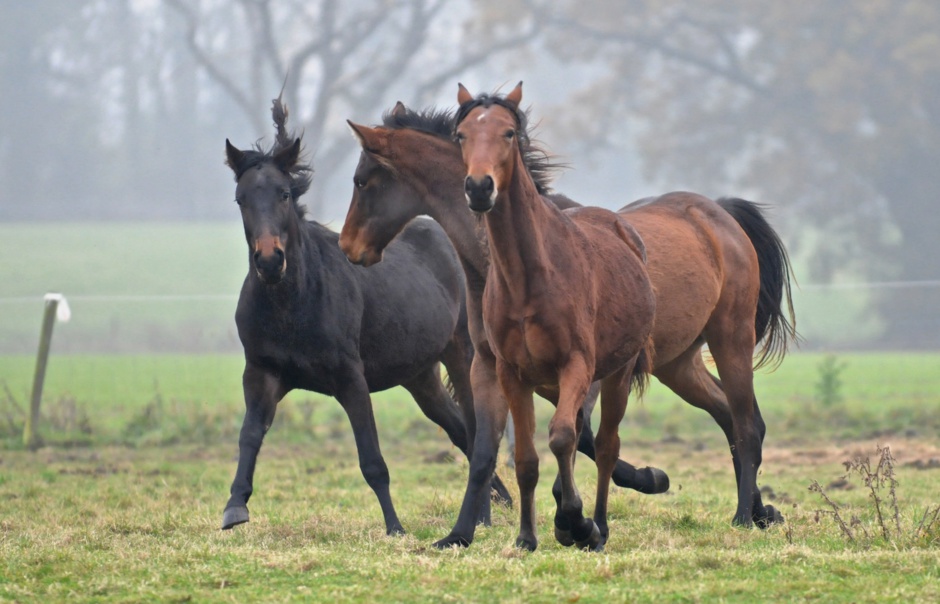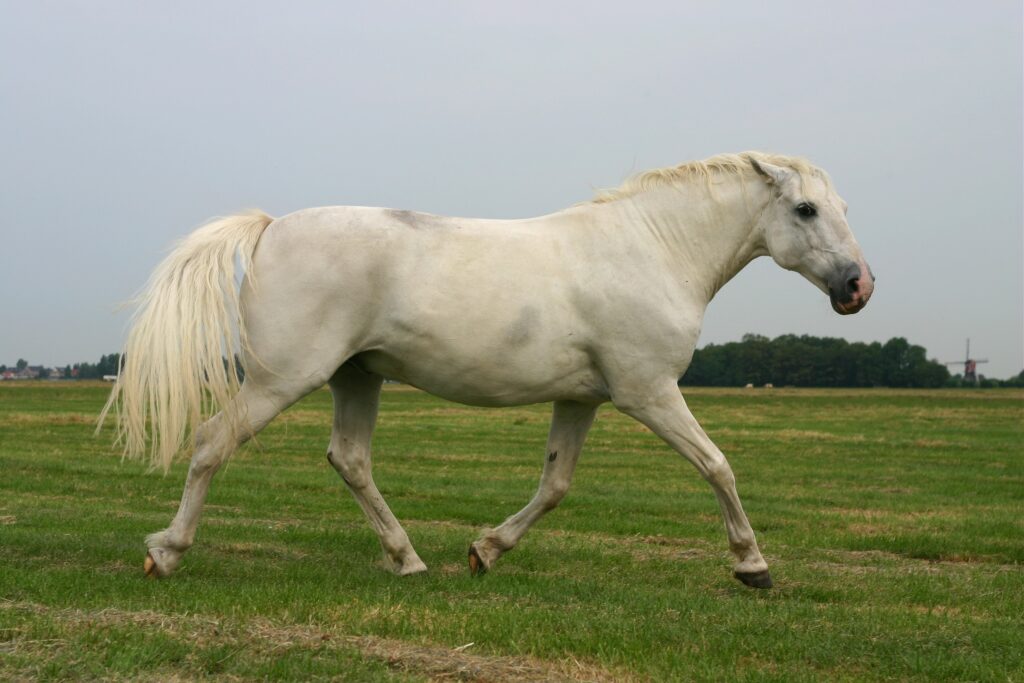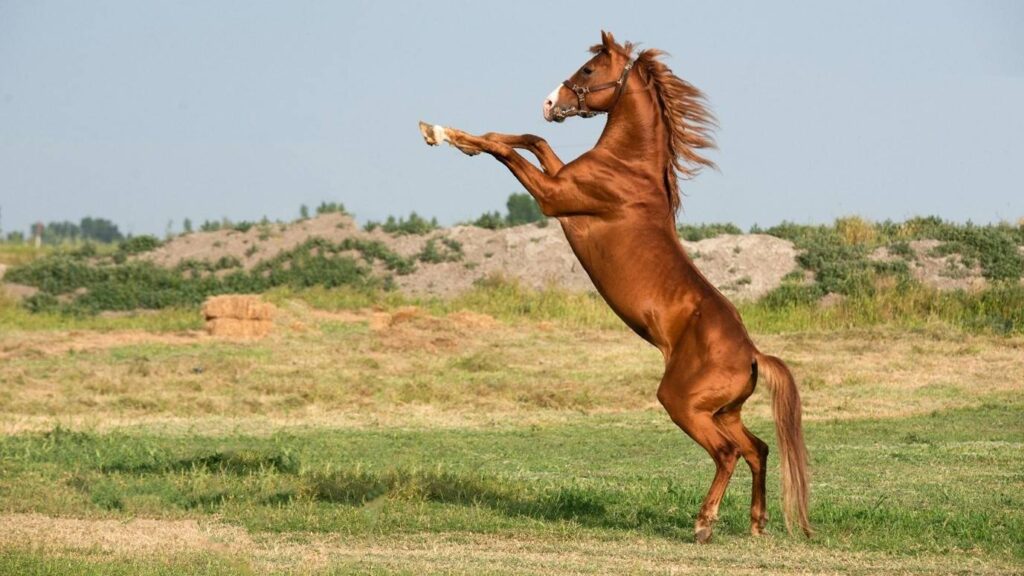Training horses for shows is an art that combines skill, patience, and dedication. When preparing a horse for a show, the goal is to enhance its natural talents while ensuring it can perform under pressure. This process involves understanding the horse’s behavior, physical capabilities, and the specific requirements of the show. For those new to the world of horse shows, or even seasoned trainers looking for a refresher, this guide will provide valuable insights into the training process.

Understanding the Basics of Horse Training
Before diving into the specifics of training horses for shows, it’s crucial to grasp the fundamentals of horse training. This involves establishing a communication system between you and your horse. Horses respond best to consistent signals and commands, and it’s essential to maintain a calm and assertive presence. For a deeper understanding, consider exploring voice command training.
Building Trust and Respect
Trust and respect form the foundation of any successful training program. Horses are sensitive creatures that respond well to positive reinforcement. It’s important to reward good behavior and remain patient when challenges arise. Consider using positive reinforcement techniques to build a strong bond.
Physical Conditioning for Show Horses
A horse’s physical condition is paramount when preparing for a show. This involves a balanced diet, regular exercise, and proper grooming. A well-conditioned horse not only looks impressive but also performs better.
Nutrition and Diet
Providing the right nutrition is essential. Horses require a diet rich in fiber, proteins, and essential vitamins and minerals. Consulting with a veterinarian or an equine nutritionist can help tailor a diet that meets the specific needs of a show horse.
Exercise and Training Regimen
A structured exercise program is crucial for developing a horse’s strength, stamina, and agility. Regular riding sessions, lunging, and ground work can enhance a horse’s physical capabilities. For stubborn horses, check out how to deal with stubborn horses.
Specific Training for Show Events
Different show events require specific skills and training. Whether it’s dressage, show jumping, or western pleasure, understanding the demands of each event will guide your training approach.
Dressage
Dressage focuses on precision, rhythm, and harmony between horse and rider. Training involves perfecting movements such as piaffes, pirouettes, and half-passes.
Show Jumping
Show jumping requires agility and timing. Training includes practicing jumps of varying heights and distances, ensuring the horse can navigate obstacles smoothly.
Behavioral Training and Discipline
Training a show horse involves more than just physical conditioning. Good behavior and discipline are equally important. Horses must be trained to stand still, respond to commands, and remain calm under pressure. To learn more about maintaining discipline, visit horse discipline training.
Training to Stand Still
A horse that can stand still on command demonstrates patience and obedience. This skill is essential during show events when waiting for judges or during lineup. For tips on training a horse to stand still, refer to how to train a horse to stand still.
Mental Preparation and Handling Show Stress
Shows can be stressful for horses. It’s important to prepare them mentally for the excitement and noise of a show environment. Gradual exposure to similar settings can help acclimate a horse to the show atmosphere.
Desensitization
Desensitization involves exposing horses to various stimuli they might encounter at a show. This could include loud noises, crowds, and other animals. The aim is to reduce fear and anxiety, ensuring the horse remains composed during the event.
Groundwork and Horsemanship Skills
Groundwork is a critical aspect of mental preparation. It strengthens the connection between horse and trainer, enhancing communication. Mastering groundwork techniques can significantly improve a horse’s performance in show events.
Grooming and Presentation
A well-groomed horse not only looks appealing but also reflects the care and attention it receives. Grooming involves regular brushing, bathing, and maintaining a clean coat. Proper presentation can make a significant difference in show rankings.
Show Attire and Tack
Show attire and tack should be clean, well-fitted, and appropriate for the event. This includes the saddle, bridle, and any accessories. Ensuring these items are in good condition contributes to the horse’s performance and safety.
Conclusion
Training horses for shows is a multifaceted process that requires dedication, knowledge, and patience. By understanding the basics of horse training, focusing on physical conditioning, and addressing behavioral aspects, trainers can prepare their horses for successful show performances. For beginners looking to start their journey, this guide can provide additional insights into horse training.

FAQs
1. How long does it take to train a horse for a show?
The time required varies depending on the horse’s age, temperament, and the complexity of the show events. Generally, it can take several months to a few years of consistent training.
2. Can older horses be trained for shows?
Yes, older horses can be trained for shows, although it might require more patience and a tailored approach to accommodate their physical capabilities.
3. What is the most challenging part of training horses for shows?
One of the most challenging aspects is ensuring the horse remains calm and focused in the show environment, which can be achieved through consistent training and exposure.
This article contains affiliate links. We may earn a commission at no extra cost to you.







